It’s possible there’s a giant, deadly serpent hanging out at the bottom of Fosse Dionne spring in the Burgundy region of France. It’s also possible there’s not a serpent — it’s a legend concocted by ancient inhabitants of the village of Tonnerre where the spring is located — but nobody’s ever been able to get to the bottom of it because nobody’s ever been able to get to the bottom of it.
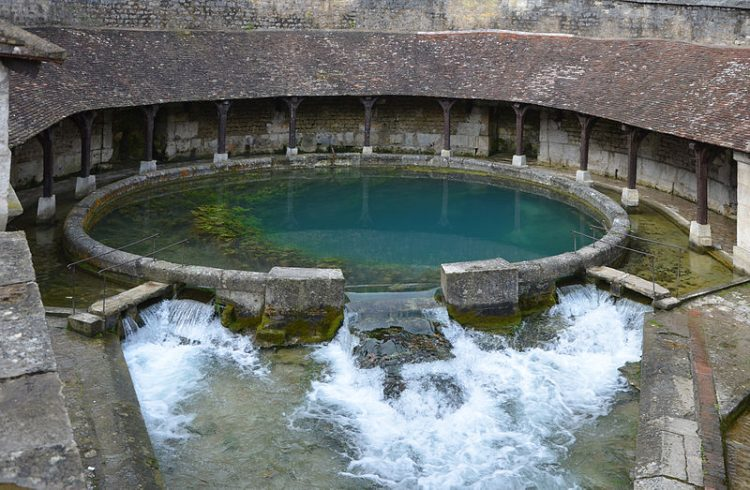
Fosse Dionne is a karst spring (a karst is an irregular limestone region with sinkholes, underground streams and caverns, according to Merriam-Webster) that spews an average of 82 gallons (311 liters) of water every second, which is an unusually high discharge rate for this type of spring, but the velocity with which it shoots out of the ground varies from season to season. What you would be able to see of the spring if you visited Fosse Dionne, which translates to “divine pit,” is a circular stone pool built in the 18th century, filled with jewel toned water: turquoise, amber and cerulean, colored by the minerals in the limestone caves from which the waters emerge. The opening of one of these caves is visible from the edge of the basin.
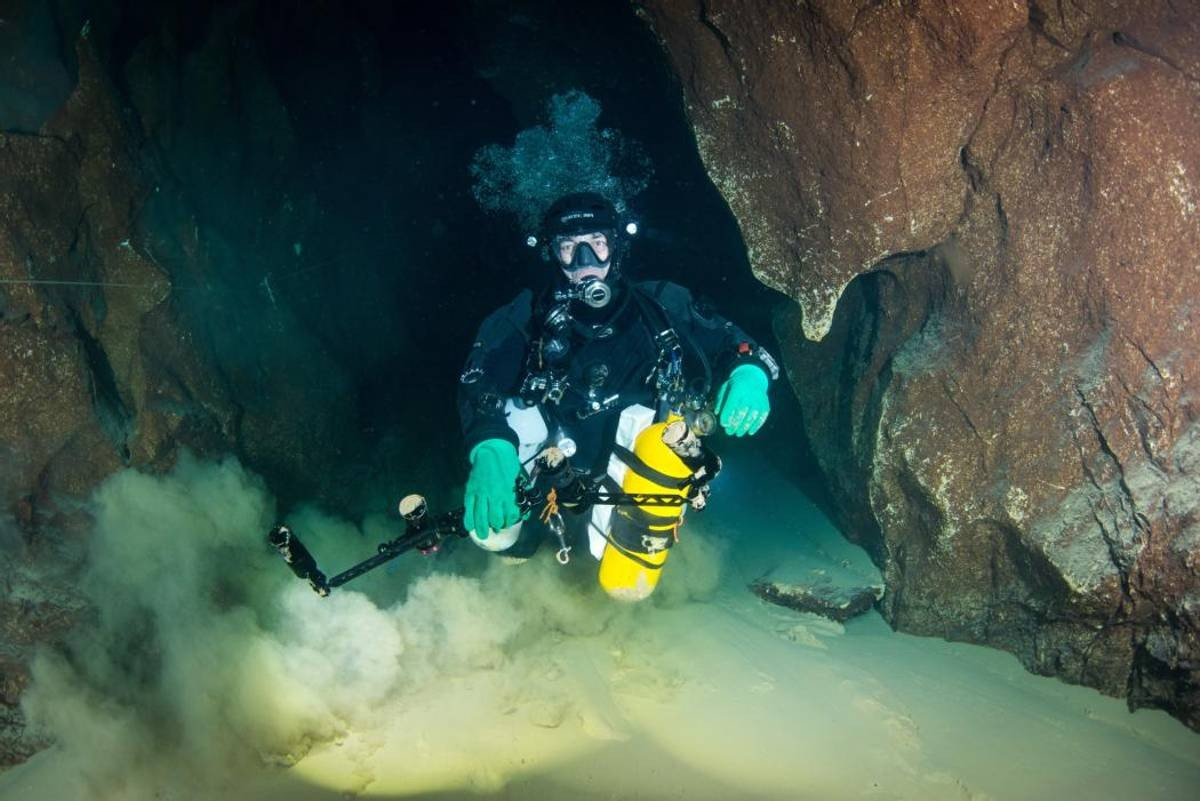
Because humans have been using Fosse Dionne since before anybody was keeping track — for drinking, washing, cooking and bathing — there are stories and legends about the spring, some we know and some we don’t. In the Middle Ages, it was thought there was a serpent that cruised around deep in the heart of Fosse Dionne, and some even thought it was the portal to another world. The spring features prominently in accounts of the miracles performed by the 7th-century monk St. Jean de Rèome, who arrived in the area in the year 645 C.E. to clean up the spring, which was at the time an unusable swamp. The monk reportedly dug a basilisk — half rooster and half lizard — out of the spring and killed it, allowing people to regain the use of Fosse Dionne for drinking, washing, etc.
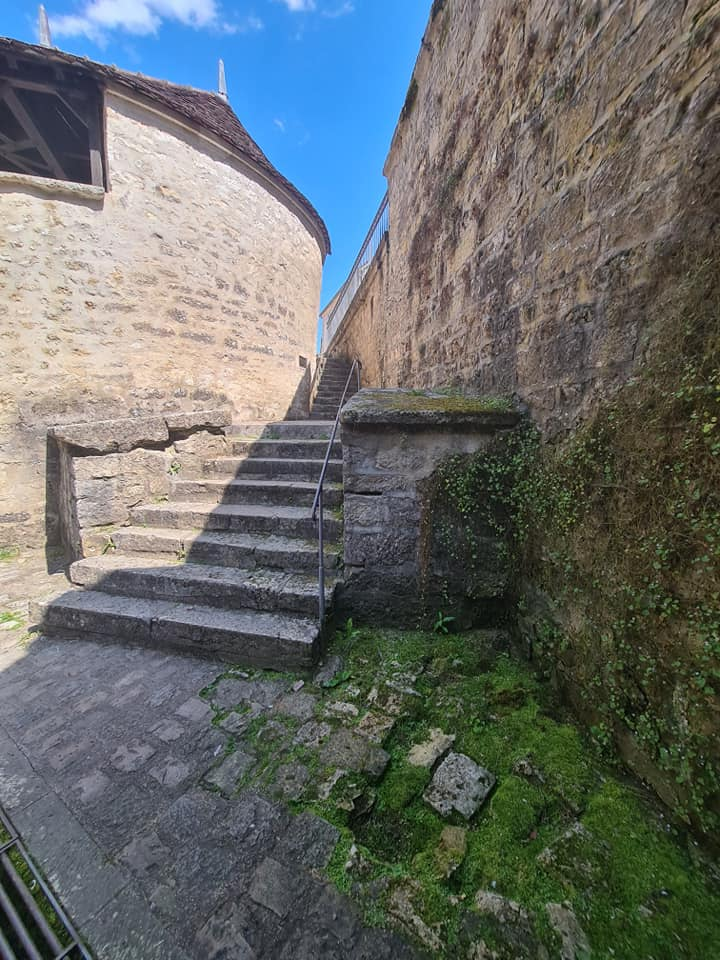
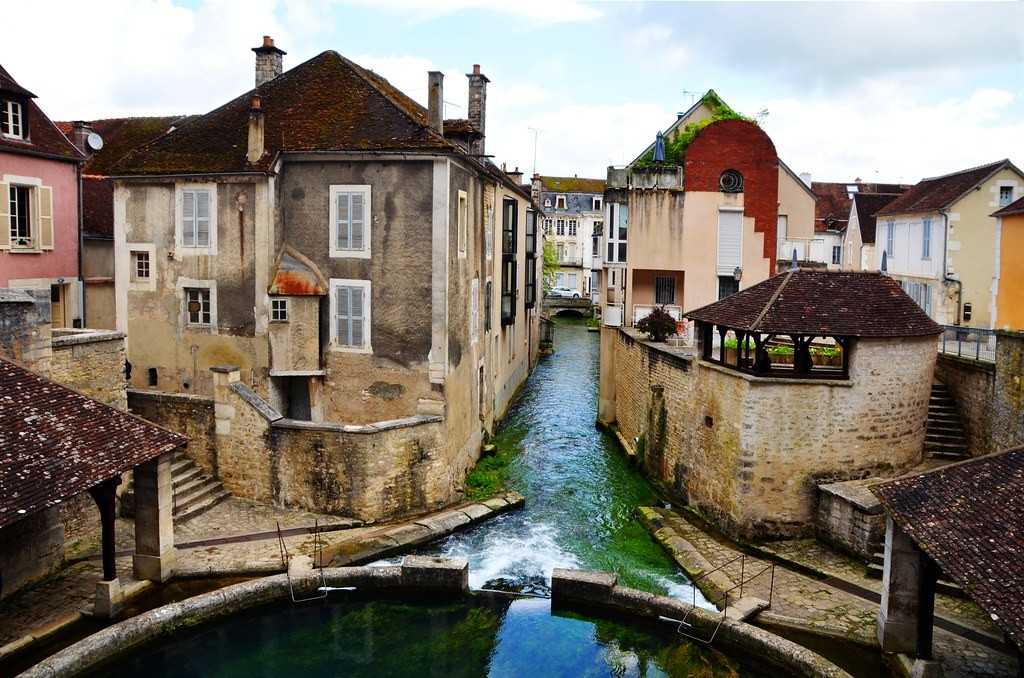
These days Fosse Dionne looks very civilized from the outside, in its stone basin surrounded by a lavoir, a communal washing place, built in the 18th century to protect washerwomen from the elements as they did their laundry in the spring. But below the surface of the water, the spring is just as wild as when St. Jean de Rèome arrived to tame it.
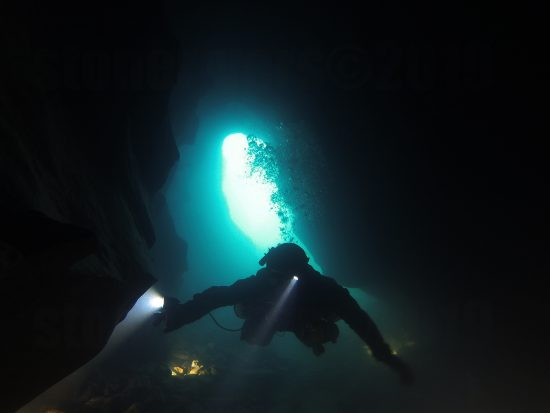
The great mystery of the Fosse Dionne spring is where its water actually comes from. There’s certainly a lot of water coursing out of it, and like other karst springs, the water emerges from a network of subterranean limestone caves. However, no diver has ever been able to find its source, and many of those who have tried haven’t come back alive.
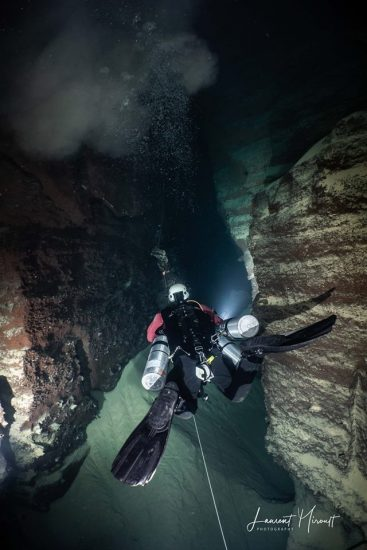
Nobody even attempted to plumb the depths of Fosse Dionne until 1974, when two divers undertook navigating the maze of chambers and narrow tunnels of the spring. Neither of those divers came back to tell what they had seen. In 1996 another diver attempted it, but he lost his life to the Fosse Dionne as well. For many years after, divers were prohibited from diving into the spring until 2019, when diver Pierre-Éric Deseigne undertook exploring 1,214 feet (370 meters) of passageways. Luckily he returned alive but didn’t find the source of the spring — nor did he find another dimension or a monstrous serpent.


